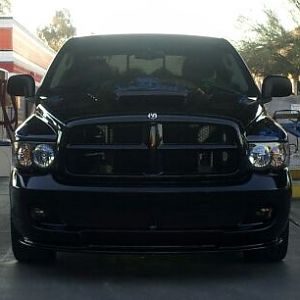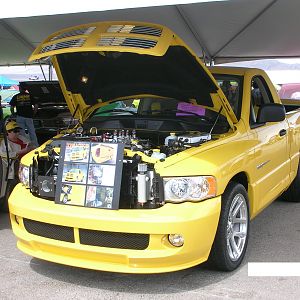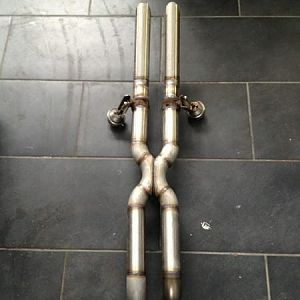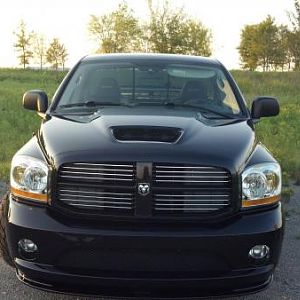Jumpingjoe628
Full Access Member
Im just thinking out loud here but after looking at the design of our intakes and also the gen2, my question is why didn’t someone consider a central plenum design so that all the runners have access to the same amount of volume from the throttle body? What I mean is if you look at the intake runners at the front of the engine they are close to the throttle body while the runners to the rear cylinders are way in the back which effectively lengthens the amount of travel the air has to go in the duration the intake valve is open. I would theorize that the pressure would be slightly different the instant the valve opens from front to back (or actually from any other runner) due to they are all different lengths from the throttle body.
Looking at a SBC tunnel Ram intake or even a single plane, the runners are all centralized to the middle under the carbs, hence each are very close in length.
I know on a Viper car that there’d be clearance issues with a design like that but I’m wondering why no one ever tried to design a different intake manifold with a central plenum area for our trucks?
Looking at a SBC tunnel Ram intake or even a single plane, the runners are all centralized to the middle under the carbs, hence each are very close in length.
I know on a Viper car that there’d be clearance issues with a design like that but I’m wondering why no one ever tried to design a different intake manifold with a central plenum area for our trucks?







